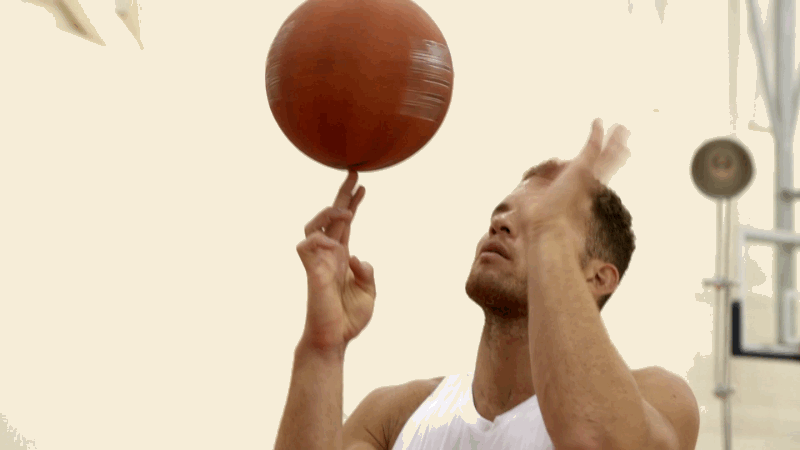TimeToPlaySets
Legend
The racket brushes upwards.
The ball's rotation stops and reverses.
Spin is created when the ball rotates at the same rate as the racket head.
After that, they are spinning the same speed.
Rough strings simply reverse the balls spin sooner, but can not increase the rate of spin.
The ball simply can never spin FASTER than the object imparting the spin in the first place.
But, don't take it from me, take it from
Howard Brody is an emeritus professor of physics at the University of Pennsylvania
Rod Cross is an associate professor in physics at the University of Sydney, Australia
https://www.amazon.com/Technical-Tennis-Racquets-Strings-Courts/dp/0972275932
The ball's rotation stops and reverses.
Spin is created when the ball rotates at the same rate as the racket head.
After that, they are spinning the same speed.
Rough strings simply reverse the balls spin sooner, but can not increase the rate of spin.
The ball simply can never spin FASTER than the object imparting the spin in the first place.
But, don't take it from me, take it from
Howard Brody is an emeritus professor of physics at the University of Pennsylvania
Rod Cross is an associate professor in physics at the University of Sydney, Australia
https://www.amazon.com/Technical-Tennis-Racquets-Strings-Courts/dp/0972275932
Last edited:

